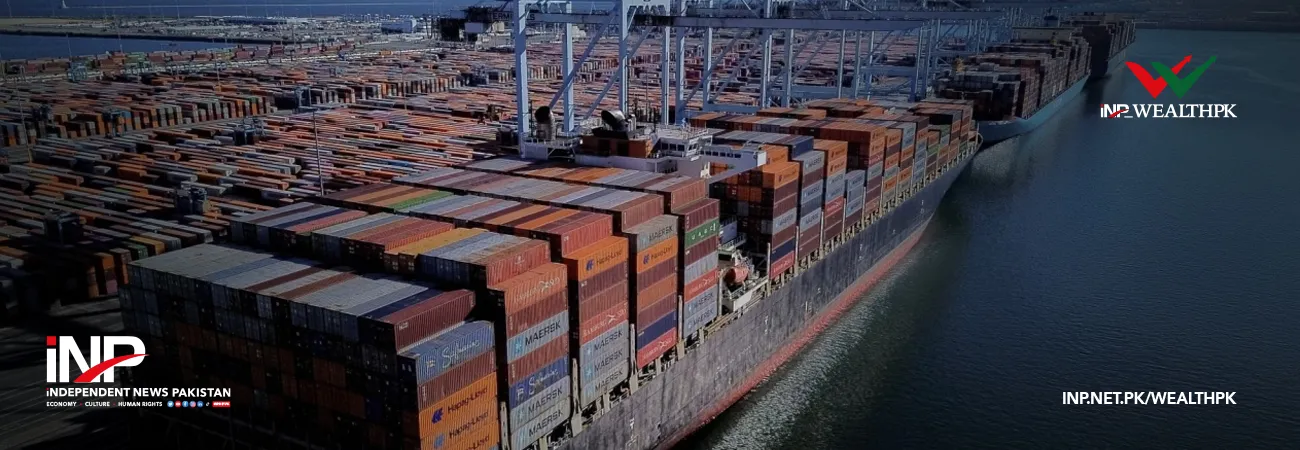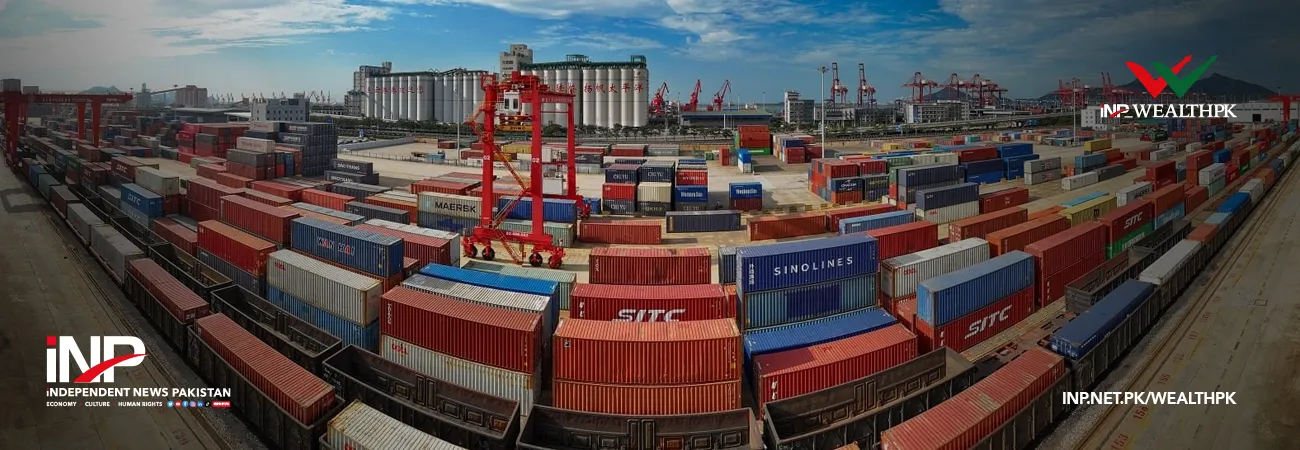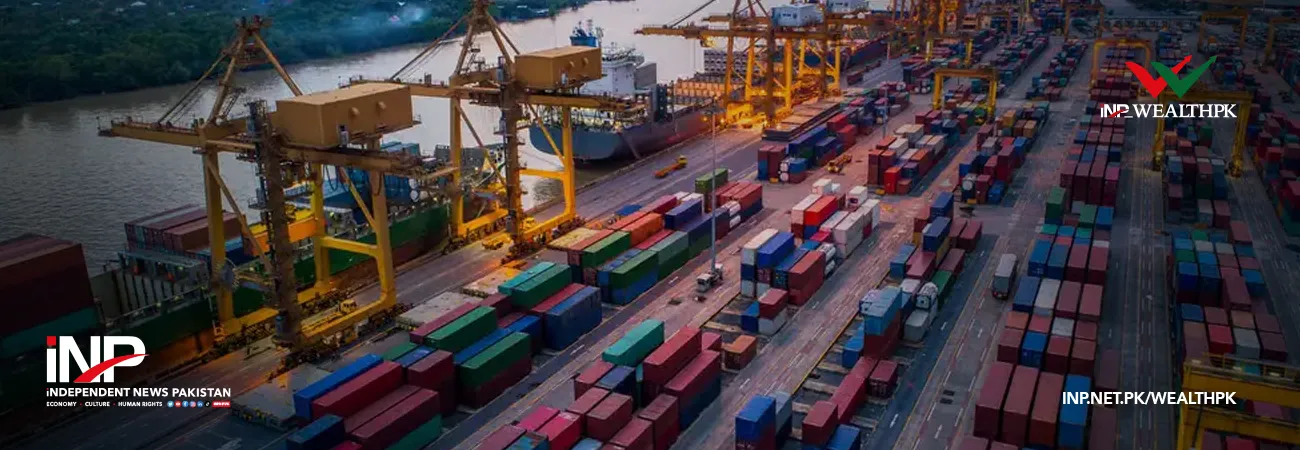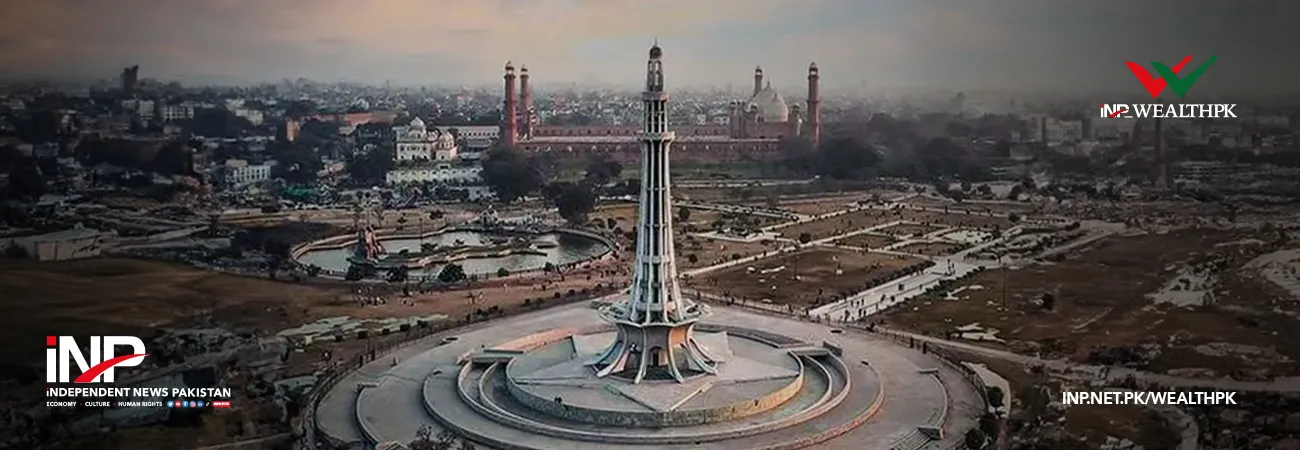INP-WealthPk
By Qudsia Bano
ISLAMABAD, Nov 01 (INP-WealthPK): Energy shortage plagues Pakistan, with recurring power blackouts choking industrial production and provoking widespread public resentment. In order to successfully tide over this serious challenge, the government has planned to generate power from its vast renewable energy [RE] resources. In this endeavour, the business sector has also been roped in.
New policies and financing schemes have been introduced for renewable energy providers, mentioning terms for financing and construction.
The government framed Policy for Development of Renewable Energy for Power Generation, 2006 (RE Policy 2006) and began developing the Alternative and Renewable Energy (ARE) sector in a phased, evolutionary approach that established a strategic policy implementation roadmap to increase deployment of ARE technologies (ARETs) in Pakistan.
ARE is expected to account for a larger share of the country's energy supply mix, ensuring universal and economical access to power in all parts of the country.
The policy – developed by the Ministry of Energy (Power Division) in consultation with key stakeholders – further mounts the government’s strategic objectives of energy security, affordability of electricity, availability for all, environmental protection, sustainable development, social equity, and climate change mitigation. It also strives to establish a favourable environment for the ARE sector's long-term growth.
In terms of deployment, technological breakthroughs, and cost competitiveness, ARE has witnessed a tremendous growth in several regions of the world during the previous decade.
The experience gained under the RE Policy of 2006, together with international standards and best practices, forms the foundation of ARE Policy of 2019. It now covers all alternative and renewable energy sources, as well as competitive procurement and topics such as distributed generation systems, off-grid solutions, B2B approaches, and rural energy services.
Rather than inducting the RE projects on a reactive basis, a new strategic direction has been established, with Pakistan aiming to have ARE technologies account for 20% of its generation capacity by 2025 and 30% by 2030.
According to the World Bank, utilizing just 0.071 percent of the country’s area for solar photovoltaic (solar PV) power generation would meet Pakistan’s current electricity demand.
As per the Indicative Generation Capacity Expansion Plan [IGCEP], Paki-stan’s energy mix will become more sustainable and more reliant on local production than on imported energy. By the year 2040, hydro-generation will have 40% share, while renewables and local coal will have 16% and 25% share respectively. Dependency on imported fuel, including imported coal and RLNG, will be reduced from the present figures of 7% and 23% respectively to 5% and 6%.
 Such targets are expected to be met, but will necessitate transmission infrastructure upgrades, which will be carried out in parallel and as a pre-requisite when necessary. In comparison to the strongly dominated mix of imported fossil fuels in the past, this aim, along with over 30% hydel, will result in one of the most environmentally beneficial and economical power mixes.
To meet the aforementioned objectives, the government takes a few steps majorly for improvement in economy and investment opportunities in the country. The State Bank of Pakistan recently renewed the policy and eased terms and conditions for energy providers in Pakistan.
Under its Refinance Scheme for Renewable Energy, the State Bank of Pakistan (SBP) has made it easier for renewable energy solution providers to invest in renewable energy solutions.
All Renewable Energy Investment Entities (RE-IEs) interested in constructing renewable energy projects/solutions shall be eligible to refinance under the scheme's Category-III. RE-IE is a company that develops renewable energy projects for onward leasing, renting out, or selling on deferred payment basis, or for selling electricity generated by these projects to end users.
SBP amended its Financing Scheme for Renewable Energy in July 2019 to help address energy shortages and climate change. The bank modified its ARE Policy 2019 for renewable energy to address energy scarcity and climate change. It also introduced a Shariah-compliant version of the plan in August 2019, which is now under beta testing. The plan has been broken into three categories.
Finance is provided under Category-I for building renewable energy power plants, with capacities ranging from 1MW to 50MW, either for internal use or for sale to the national grid, or a mix of the two. Vendors/suppliers/energy sales businesses can get financing for up to 5MW of wind and solar systems/solutions under Category III. Since the programme's start, 717 projects have been funded, with the potential to add 1,082MW of renewable energy capacity. The scheme's total outstanding financing was Rs53 billion as of June 30, 2021.
Pakistan's long-term integrated energy plan is guided by four principles: sustainability, affordability, user responsibility, and availability. As part of the overall plan, the ARE 2019 Policy and its amendments regarding refinancing envisions development of a power system that is efficient, sustainable, secure, affordable, competitive, and environmentally friendly, while also encouraging indigenes of energy resources and development of local manufacturing capabilities in such technologies.
The country now derives 64 percent of its electricity from fossil fuels, with another 27 percent coming from hydropower, 5% from nuclear power, and only 4% from renewables like solar and wind. The country has already scrapped plans for two Chinese-funded coal plants, but another seven have been commissioned as part of the broad China-Pakistan Economic Corridor (CPEC) project, and are slated to add 6,600 megawatts of capacity to the grid.
China has also invested in new renewable energy, albeit on a smaller scale, with six wind farms anticipated to create slightly under 400 megawatts of power, a 100-megawatt solar project, and four hydropower dams expected to generate 3,400 megawatts by 2027. Hence, improvement in the energy department of Pakistan can be seen in the recent era.
Such targets are expected to be met, but will necessitate transmission infrastructure upgrades, which will be carried out in parallel and as a pre-requisite when necessary. In comparison to the strongly dominated mix of imported fossil fuels in the past, this aim, along with over 30% hydel, will result in one of the most environmentally beneficial and economical power mixes.
To meet the aforementioned objectives, the government takes a few steps majorly for improvement in economy and investment opportunities in the country. The State Bank of Pakistan recently renewed the policy and eased terms and conditions for energy providers in Pakistan.
Under its Refinance Scheme for Renewable Energy, the State Bank of Pakistan (SBP) has made it easier for renewable energy solution providers to invest in renewable energy solutions.
All Renewable Energy Investment Entities (RE-IEs) interested in constructing renewable energy projects/solutions shall be eligible to refinance under the scheme's Category-III. RE-IE is a company that develops renewable energy projects for onward leasing, renting out, or selling on deferred payment basis, or for selling electricity generated by these projects to end users.
SBP amended its Financing Scheme for Renewable Energy in July 2019 to help address energy shortages and climate change. The bank modified its ARE Policy 2019 for renewable energy to address energy scarcity and climate change. It also introduced a Shariah-compliant version of the plan in August 2019, which is now under beta testing. The plan has been broken into three categories.
Finance is provided under Category-I for building renewable energy power plants, with capacities ranging from 1MW to 50MW, either for internal use or for sale to the national grid, or a mix of the two. Vendors/suppliers/energy sales businesses can get financing for up to 5MW of wind and solar systems/solutions under Category III. Since the programme's start, 717 projects have been funded, with the potential to add 1,082MW of renewable energy capacity. The scheme's total outstanding financing was Rs53 billion as of June 30, 2021.
Pakistan's long-term integrated energy plan is guided by four principles: sustainability, affordability, user responsibility, and availability. As part of the overall plan, the ARE 2019 Policy and its amendments regarding refinancing envisions development of a power system that is efficient, sustainable, secure, affordable, competitive, and environmentally friendly, while also encouraging indigenes of energy resources and development of local manufacturing capabilities in such technologies.
The country now derives 64 percent of its electricity from fossil fuels, with another 27 percent coming from hydropower, 5% from nuclear power, and only 4% from renewables like solar and wind. The country has already scrapped plans for two Chinese-funded coal plants, but another seven have been commissioned as part of the broad China-Pakistan Economic Corridor (CPEC) project, and are slated to add 6,600 megawatts of capacity to the grid.
China has also invested in new renewable energy, albeit on a smaller scale, with six wind farms anticipated to create slightly under 400 megawatts of power, a 100-megawatt solar project, and four hydropower dams expected to generate 3,400 megawatts by 2027. Hence, improvement in the energy department of Pakistan can be seen in the recent era.













